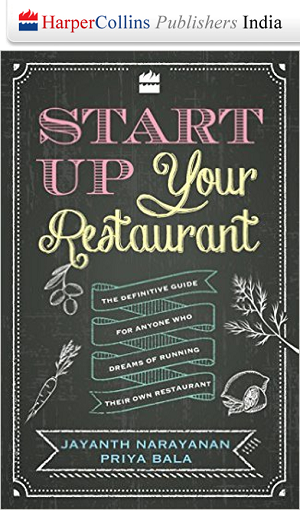
In Bangalore, there’s a rash of brewpub launches, a couple opening every month. This is welcome news for craft beer fans as the choices grow ever more. Still, given how the traffic situation here impacts decisions to travel for food and drink, these brewpubs are likely to serve mainly their neighbourhoods. This is not a bad thing, as long as they manage to attract the number of customers the heavy investments in this format demand.
For the seeker of interesting or unique food experiences, however, the spurt in brewpubs, which are almost always twinned with restaurants, offers little excitement. This is because most of these establishments follow a copy-cut-paste approach to their cuisine. Take a hard look at the food menus in, say, half a dozen brewpubs across the city and you will see what I mean. They are almost always a mix of dishes from everywhere, described as ‘global’ cuisine. The usual suspects take up space: nachos, proudly announced as made in-house, pizza, burgers and wraps, some nod to Indian food in the form of street foods made posh or the occasional donne biryani. For the discerning diner, these culinary efforts are barely likely to be a good enough reason to go to a brewpub.
So, if the only new food experiences in the city are from the brewpubs, then there’s a definite lack in fresh, new, exciting ideas emerging from the food businesses here. Cantan from the Olive group is a rare exception in recent times. And this brings me to the fate of the Smoke Co, the shutting down of which a month ago is still being discussed and has been a cause of genuine sadness for both customers and the industry.
It was a unique concept, the team that headed it had both experience and expertise and the attention to detail and execution was exemplary. Why, then, couldn’t this restaurant that won awards in its all too brief existence survive and sustain, if not become a runaway success? I asked around and the responses vary – from too high overheads, to overspending on the back end and too large a space. Whatever the case, it is clear not enough people patronized the place, despite its excellent product. ‘It’s called voting with your wallet,’ says Riyaaz Amlani, head of Impresario and seasoned restaurateur. ‘All the people who were so distraught at the news of Smoke Co shutting down, I wonder where they were when it was running’.
Another view is that in these days when even private lives are lived out on social media, restaurants need to do some seriously clever brand-building via Facebook and Instagram. It’s not enough to do good food, you have to broadcast it using well-planned strategies and creativity.
Also perhaps, in the case of the Smoke Co, it really did overreach in terms of its scale. Many industry experts I spoke with said it probably had a greater chance of success in a smaller, more compact format, such as a 40- to 60-seater. Because our markets aren’t evolved enough for niche concepts to operate on scales larger than that. An experienced restaurateur like Priyank Sukhija, however, vouches for large formats and is convinced there is a target group for every product; you just have to make sure your product is good enough to attract the customers you want and keep them engaged.
Despite the odds, chefs and restaurateurs must keep pushing out great food concepts if we are to have a flourishing eating out scene and raise standards all round. Entrepreneurs must figure out how to make these concepts succeed, perhaps by taking lessons from other models that are working well, but not imitating them.
The customer, too, must progress from beer-drinking and nacho-munching to at least occasionally explore food and be willing to pay for the experience.










